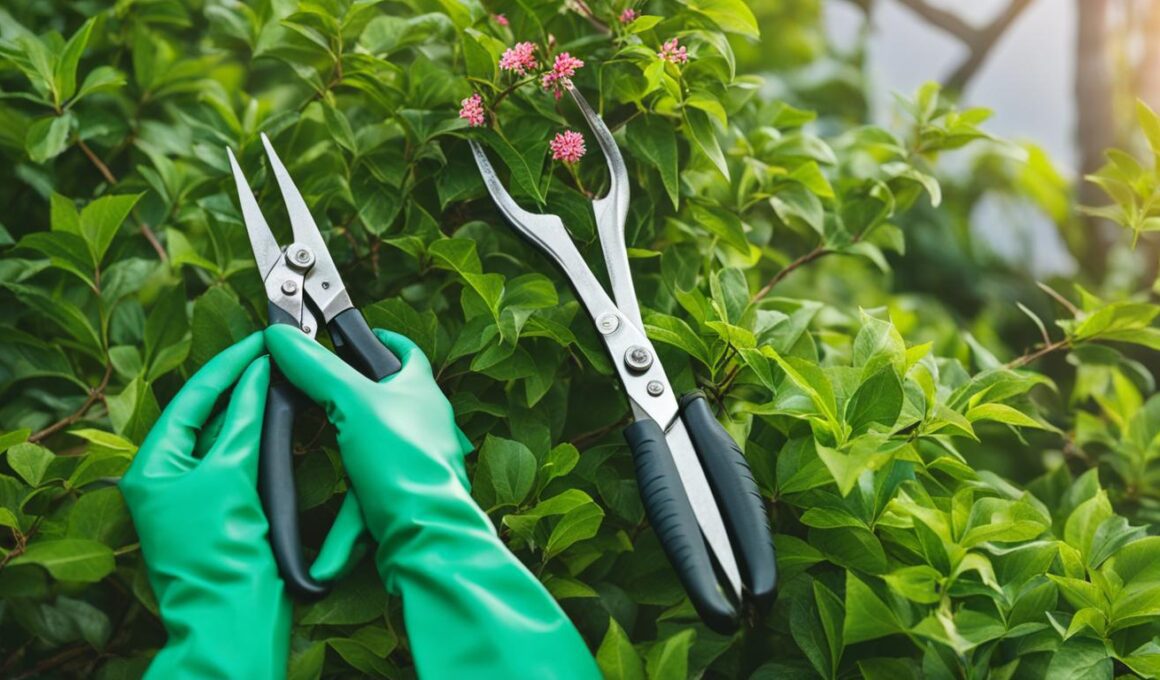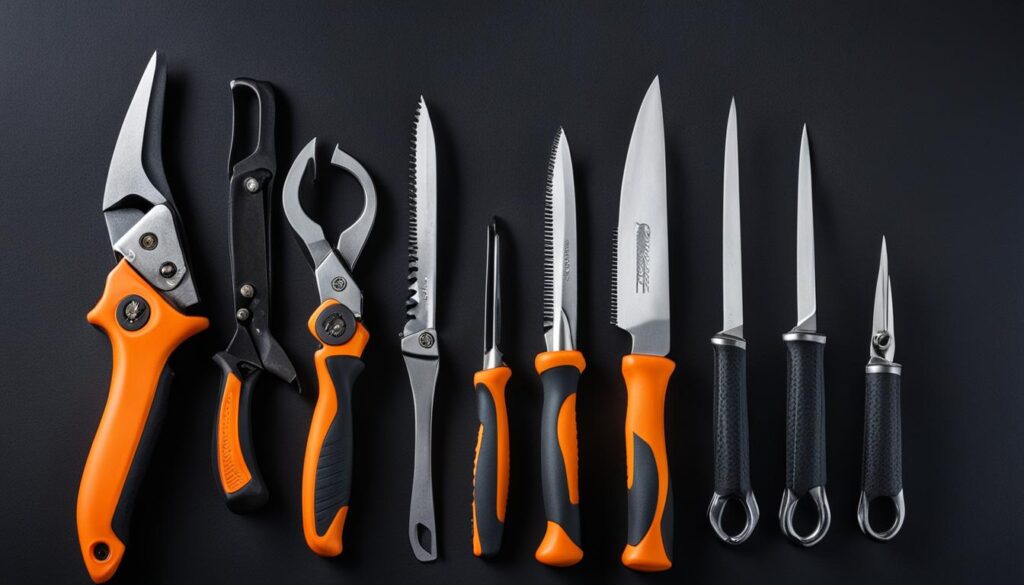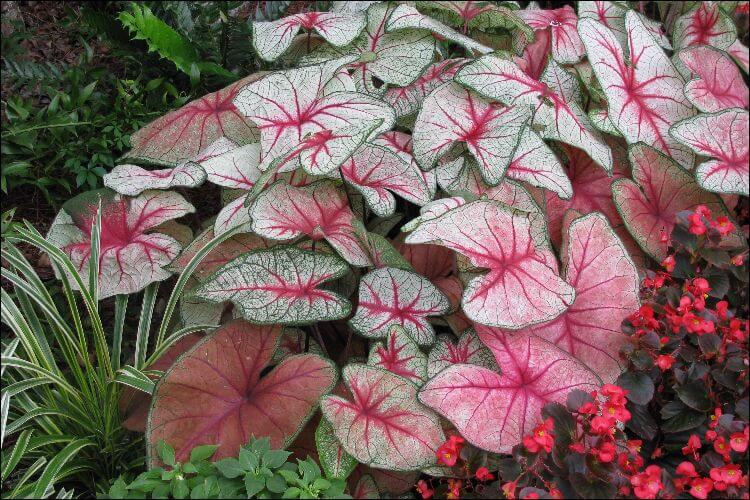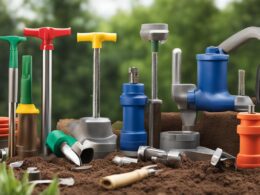Trimming overgrown bushes is an essential task for maintaining the health and appearance of your yard. Whether you’re a novice or an experienced gardener, understanding the proper techniques and tools is key to successfully trimming your bushes.
Trimming your bushes helps direct their growth, improves their health and vitality, and can even increase flowering or growth. It’s important to differentiate between trimming and pruning and understand the purpose of each. Before you start trimming, consider the species and mature height of your bushes, and gather the necessary tools such as gloves, pruning shears, loppers, and a pruning saw.
Thinning is generally recommended over shearing, as it promotes new growth and maintains a healthier shrub. Remember to follow the rule of one-third and avoid removing more than one-third of the wood at any pruning session. Rejuvenation pruning can be performed on certain species, but it’s best to research and consult local experts before attempting this technique.
Knowing the specific species and mature height of your bushes is crucial before you begin trimming. This information will guide your decisions throughout the trimming process. If you’re unsure about the species, contact your local Cooperative Extension office or use smartphone apps for plant identification.
Understanding the natural shape and growth pattern of your bushes is also important to avoid improper trimming. If a bush is too tall or has a specific shape that doesn’t suit its current location, consider relocating it or donating it to another homeowner. Proper species identification and understanding the mature height and shape will ensure effective and appropriate trimming.
Knowing Your Species and Mature Height
Before you begin trimming your overgrown bushes, it is crucial to know the specific species and mature height of the plants. This information will guide your decisions throughout the trimming process. If you are unsure about the species, contact your local Cooperative Extension office or use smartphone apps for plant identification.
Knowing the natural shape and growth pattern of the bushes is also important to avoid improper trimming. If a bush is too tall or has a specific shape that does not suit its current location, consider relocating it or donating it to another homeowner.
Proper species identification and understanding the mature height and shape will ensure effective and appropriate trimming.
Essential Tools and Techniques for Trimming Overgrown Bushes
To effectively trim overgrown bushes and ensure a well-groomed and healthy shrub, it is essential to have the right tools and apply the correct techniques. By following these tips, you can achieve clean and sharp cuts for optimal results.
First and foremost, always start with clean and sharp tools. Dirty or dull tools can spread diseases and damage the plant. Before you begin trimming, make sure to clean your tools thoroughly and sharpen the blades. This will help you achieve precise cuts and minimize the risk of infection.
When it comes to the actual trimming techniques, it is crucial to understand the difference between shearing and thinning. Shearing involves cutting or shaping the outer layer of the bush, while thinning focuses on removing specific branches or stems from within the plant. Thinning is generally recommended as it promotes healthier growth and enhances the overall structure of the shrub.
However, it is important to note the rule of one-third. According to this rule, you should avoid removing more than one-third of the total amount of wood during each pruning session. Removing too much can shock the plant and inhibit its ability to recover. By practicing the rule of one-third, you can ensure a gradual and healthy pruning process.
Rejuvenation pruning is another technique that can be applied for woody or overgrown bushes. This method involves cutting the plant back to its main stems or branches, stimulating new growth and rejuvenating the shrub. However, it is crucial to research and consult experts before attempting rejuvenation pruning, as it may not be suitable for all species.
Remember, trimming overgrown bushes requires a combination of the right tools and techniques. By using clean and sharp tools, opting for thinning over shearing, following the rule of one-third, and considering rejuvenation pruning when appropriate, you can achieve a well-trimmed and healthy shrub that enhances the beauty of your yard.
Are the Techniques for Trimming Crepe Myrtle Bushes Similar to Overgrown Bushes?
When it comes to overgrown bushes, the techniques for how to trim crepe myrtle bushes are quite similar. Both require careful pruning to maintain a healthy shape and size. Start by removing dead or diseased branches, then selectively trim the crowded areas to enhance air circulation and growth.
Conclusion
Proper pruning is essential for maintaining the health and appearance of your yard. By following the right techniques and using clean, sharp tools, you can ensure the growth of healthier shrubs and vibrant blooms. Understanding the species and mature height of your bushes is crucial in determining the appropriate trimming methods. Thinning techniques, rather than shearing, promote new growth and maintain a healthier shrub. Remember to follow the rule of one-third and avoid removing more than one-third of the wood during each session.
However, if you find the task overwhelming or need professional assistance, don’t hesitate to seek help from local lawn care professionals. Their expertise and experience can ensure the proper pruning of your overgrown bushes, resulting in a well-groomed garden. With the right knowledge and techniques, you can enjoy a vibrant and flourishing outdoor space.
Keep in mind that proper pruning goes beyond aesthetics; it is essential for the overall health and vitality of your plants. By taking the time to understand your bushes, using the right tools and techniques, and seeking professional guidance when needed, you can create a beautiful and thriving landscape. So roll up your sleeves, grab your pruning shears, and let the transformation of your overgrown bushes begin!










